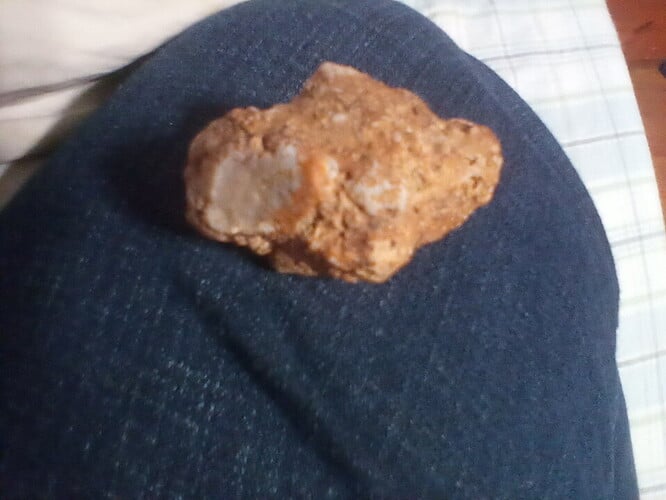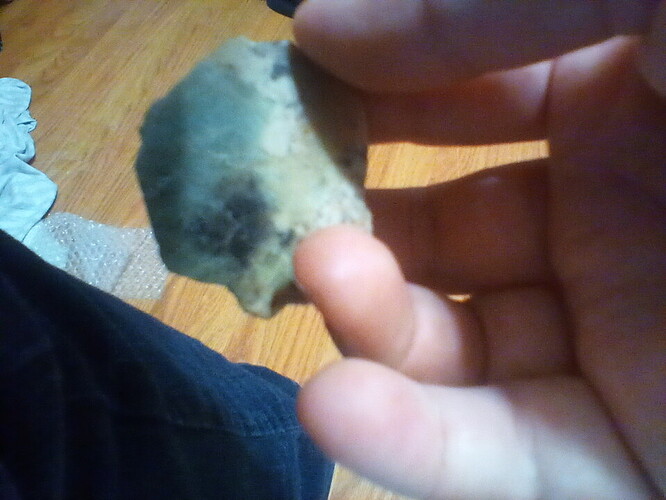Is this a geode or a river worn sapphire? Its translucent. Its 79 grams. It is light blue. Its hard to tell by the pictures. Thanks
Do you have a way to hardness test. I test by using a cheap emerald since thats a 7.5 - 8 if it scratches you know its likely a sapphire. You can also look for inclusions. Uneaven coloration, and a few other poor mans tests like a breath test or seeing how water flows on the surface.
What is a translucent sapphire worth?
Jennifer,
In the field, rockhounds and geologists often use “heft” in the hand as a rough first test of what something might be…it tells you whether something is heavier than the average rock or mineral or not. A geode, because it is hollow, will tend to feel lighter than most rocks and will also usually be more oval or rounded than your specimen. A piece of corundum will tend to feel a lot heavier than it looks. That’s your first clue.
If you have a scale and a light plastic container that will contain your specimen under water, you can do a specific gravity determination. Look at my recent post in the thread under the title “Identification help” for the procedure. Because your specimen is irregular, you can probably just tie it with a piece of strong thread rather than gluing the thread to is as you might with a small crystal.
I have misgivings about this being corundum because of the pebbly surface…it looks like some kind of conglomerate and not like pieces of massive corundum I have seen or pics of it that I have viewed. You could decide what you think by googling for pictures of corundum rock and comparing yours to what comes up.
As far as scratch tests, novices often misinterpret them, as it can look like both rocks have a scratch, but I leave that to you to puzzle over. It is fun to get some known quartz and some known feldspar and marble and see what the scratches look like. After a while your ability to tell what is actually scratching what will get better and you will know in an instant…maybe you already do!
As far as value of translucent sapphire, there are many variables affecting its price…color, mottling, degree of translucence, size, impurities, if any, cracks and healed fractures, etc. Even experts would have to cut into the rough and figure out what areas to cut and exactly how to orient and cut it. You’d need to take your specimen to someone who could do an in person eval or get some really good pictures of all sides of it and see if someone on a lapidary site is interested in talking with you. As you may have already been told, there are gem and mineral clubs in most areas of the US and Europe and there are members who might be able to help you. Sometimes they are rockhounds who are also professional geologists. Just search for the officers of one in your area and contact them or just show up at a meeting. Usually there are folks hanging around before and after the meeting to whom you could talk. Hope this helps!
-royjohn
Jennifer,
I forgot to mention that this specimen does not look river worn. River worn pebbles usually are more rounded and any projections are worn off or at least dulled and that doesn’t seem to be the case with your specimen, so I would not call it alluvial, but perhaps others with more geology experience would differ.
-royjohn
Thank you for all your help!
Almost certainly not sapphire!


